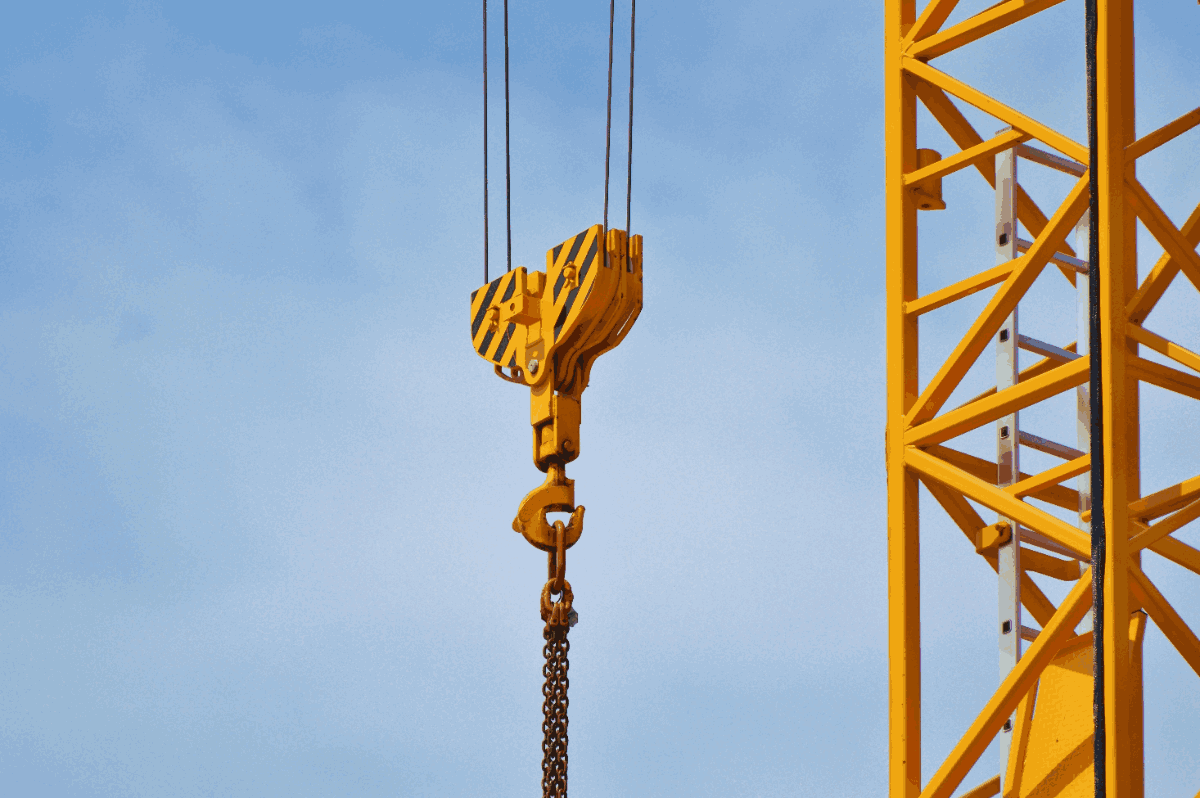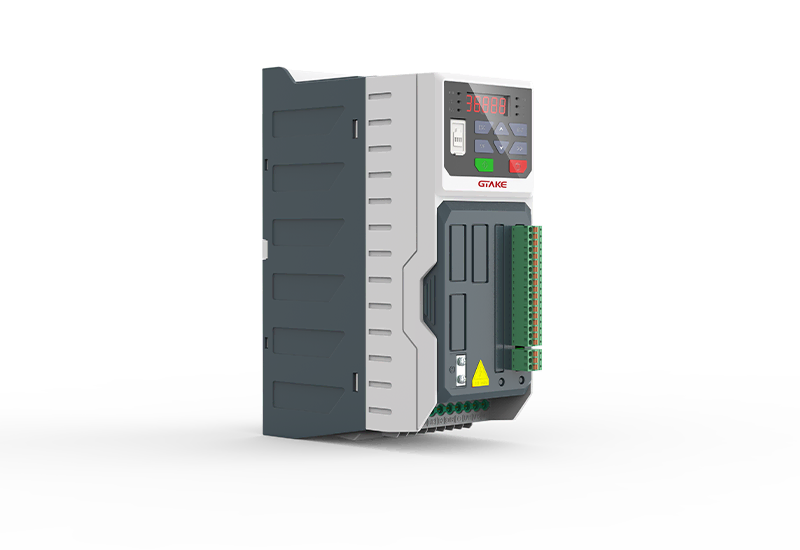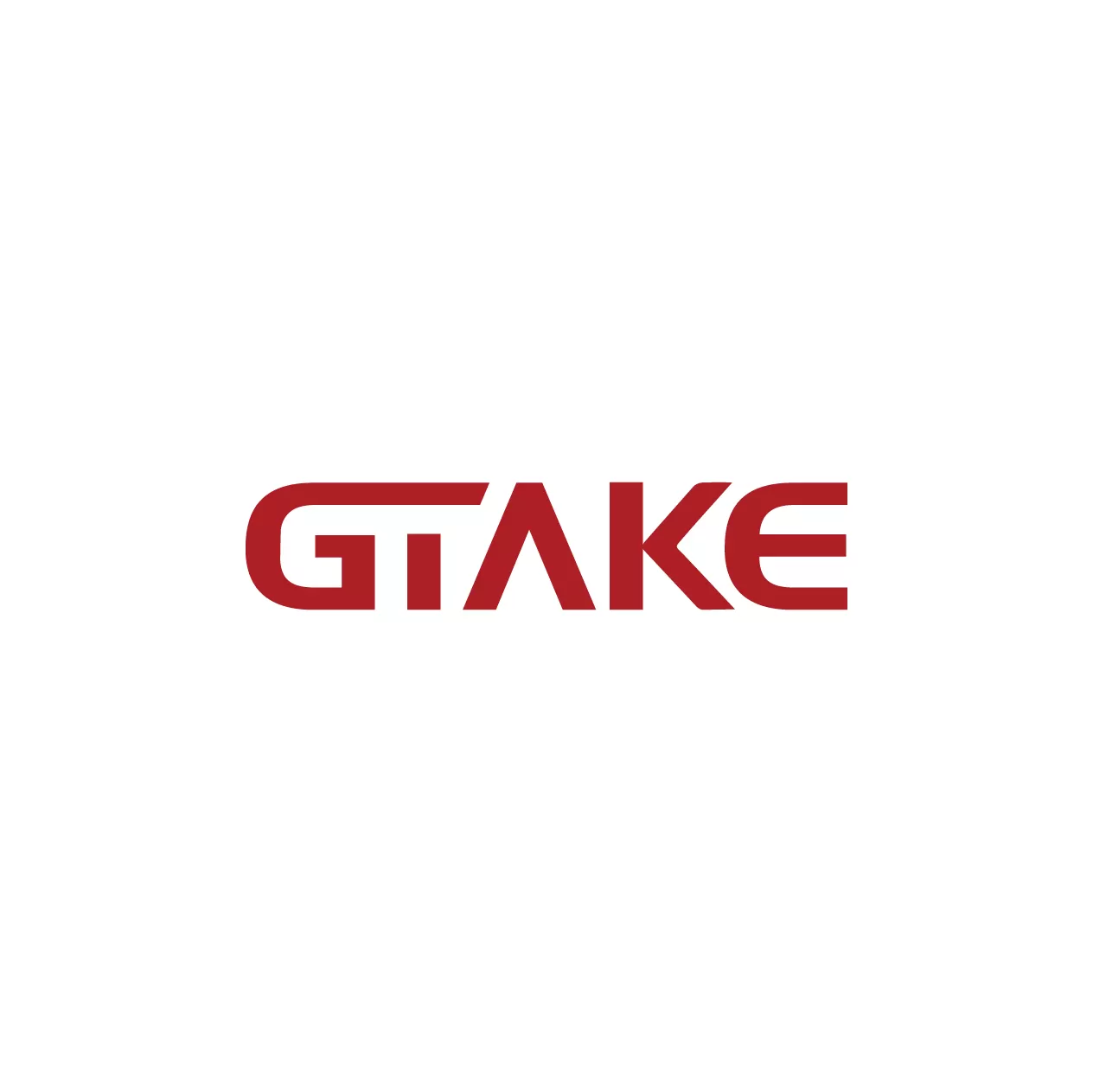In industrial material handling, cranes and hoists play a critical role in lifting and transporting heavy loads. Efficient and safe operation is paramount to maintaining productivity and preventing equipment damage. One of the most effective ways to enhance performance is by integrating a frequency inverter, also known as a variable frequency drive (VFD). This technology provides precise speed control, improves energy efficiency, and extends the lifespan of cranes and hoists. In this article, we will explore the key advantages of using frequency inverters in lifting applications.
1. Improved Speed Control and Precision
Traditional cranes and hoists often rely on single-speed or dual-speed motors, which can lead to abrupt movements, load swings, and excessive mechanical stress. By incorporating a frequency inverter, users can achieve variable speed control, allowing for smooth acceleration and deceleration. The benefits include:
- Customizable Speed Adjustments: Operators can set multiple speed levels based on application requirements, ensuring optimal control for different load conditions.
- Reduced Load Swing: Gradual speed changes minimize jerky movements, improving load stability and reducing the risk of accidents.
- Enhanced Positioning Accuracy: VFDs enable precise load placement, which is particularly beneficial in delicate or high-precision lifting operations.

2. Intelligent System Integration and Real-Time Monitoring
Modern frequency inverters are evolving into intelligent systems that go beyond mere motor control. Key features include:
- Seamless Connectivity:Easily integrate with industrial automation systems and IoT platforms, creating a unified and responsive control network.
- Real-Time Diagnostics:Continuous monitoring of operating parameters allows for immediate detection of anomalies, paving the way for timely interventions.
- Data-Driven Optimization:Access to real-time performance data empowers operators to optimize processes, enhance productivity, and improve overall system reliability.
This integration of smart technology not only streamlines operations but also sets the stage for future innovations in material handling.
3. Enhanced Safety and Load Stability
Safety is a top priority in lifting operations, and frequency inverters contribute significantly to improved operational safety. Key safety advantages include:
- Minimized Load Impact: Smooth acceleration and deceleration reduce mechanical stress on the crane structure, extending equipment longevity.
- Overload Protection: VFDs monitor current levels and automatically prevent excessive loads, safeguarding both the hoist and operator.
- Emergency Braking and Safe Stops: In the event of a power failure or system fault, frequency inverters enable controlled stops, preventing sudden drops or uncontrolled movements.
4. Extended Equipment Lifespan and Reduced Maintenance
Cranes and hoists experience significant mechanical wear due to constant heavy lifting. Frequency inverters help extend equipment lifespan by:
- Reducing Mechanical Wear: Smooth starts and stops minimize strain on motors, brakes, and gearboxes, preventing premature failures.
- Protecting Against Electrical Damage: VFDs feature thermal overload protection and overcurrent safeguards, ensuring motor longevity.
- Predictive Maintenance Capabilities: Many modern inverters come with built-in diagnostic tools that monitor performance and log operational data, allowing for timely maintenance and reducing unplanned downtime.

5. Adaptability to Various Industrial Applications
One of the biggest advantages of frequency inverters is their adaptability to different crane and hoist types, including:
- Overhead Cranes and Gantry Cranes: Used in warehouses, shipyards, and manufacturing plants for heavy-duty lifting.
- Tower Cranes: Critical in construction sites where high precision is required for material placement.
- Automated Lifting Systems: VFDs can be integrated with smart automation systems for seamless control and remote monitoring.
Additionally, inverters can be customized with features such as automatic speed adjustments for light loads, real-time diagnostics, and soft start functions to suit various industrial needs.
Conclusion
Integrating frequency inverters into crane and hoist operations brings substantial benefits, including improved speed control, enhanced safety, energy efficiency, and reduced maintenance costs. By optimizing performance and minimizing mechanical stress, VFDs contribute to longer equipment lifespan and lower operational expenses.
At GTAKE, we specialize in advanced motor control solutions designed to enhance industrial lifting efficiency. Our frequency inverters offer precision, reliability, and superior energy savings for cranes and hoists. Contact us today to explore how GTAKE’s innovative inverter technology can elevate your material handling operations.
